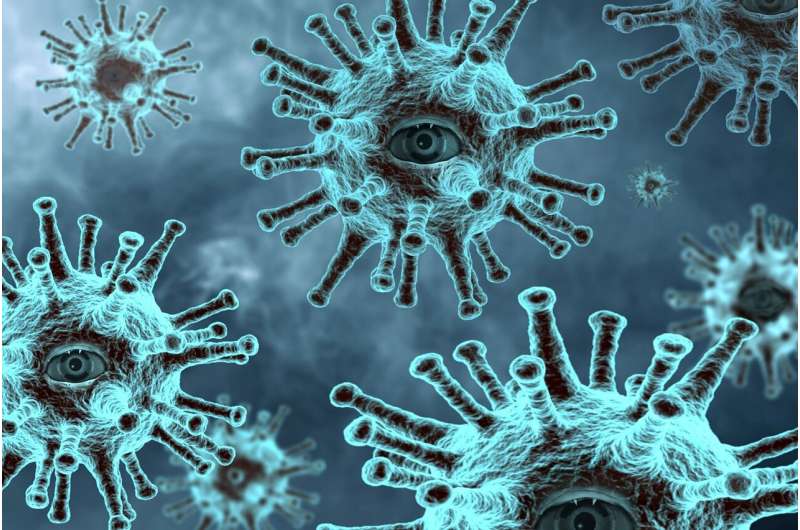The role of primary care physicians during the COVID-19 epidemic

From March 2020 onwards, when COVID-19 spread throughout Europe, GPs had to rely on clinical information collected in hospitals, the only official information available, when dealing with potential infections. "However, we also heard, from colleagues or even through social media, of other and unconfirmed information that reported very different clinical pictures encountered by GPs," explains Dr. Hubert Maisonneuve, a lecturer and researcher in the research group led by Professor Dagmar Haller at the Primary Care Unit of the UNIGE Faculty of Medicine, and a GP in the Lyon region. "Since it was extremely difficult to test our patients, we decided, with a few colleagues and in collaboration with two ambulatory laboratories, to set up studies that would allow us to better understand the symptomatology of COVID-19 in its mild forms, and potentially develop a clinical evaluation tool." To this end, clinical data from more than 1,500 patients who underwent a PCR test were collected between March 24 and May 7, 16% of whom tested positive for COVID-19.
Significantly different symptoms
The medical researchers were able to establish a clinical picture for these patients that was significantly different from that described in the hospital setting, but consistent with the informal information collected previously. "Very early on, we detected that loss of taste and smell were among the most predictive symptoms of the disease, unlike fever or cough, which are not specific enough," explains Dr. Benoît Tudrej, a general practitioner and member of the Collège universitaire de médecine générale at the Claude Bernard University in Lyon, who participated in this work. In addition, rarer symptoms that were thought to be strongly related to COVID-19, such as shortness of breath, were found to have very little correlation with a positive test. Because the ambulatory population is different from the population arriving at the hospital, the clinical picture is also different. "However, this is a good indication that you cannot base an entire public health policy in managing an epidemic on hospital data alone, especially when there is a lack of tests to screen for people with light symptoms," adds Dr. Tudrej.
A poor clinical prediction score
Many research teams have sought to develop a clinical prediction score, a technique commonly used that, by combining various clinical signs and symptoms, allows a statistical estimate of a patient's risk for a particular disease. "We thus tested the model published by an Anglo-American team in Nature Medicine based on data collected through an application," explains Dr. Maisonneuve. "But on our data, this score doesn't work. Why? Probably because of a selection bias in the Anglo-American study, where respondents—mostly young women—did not have the same demographic profile as our patients."
The clinical prediction score does indeed seem to work better for a subgroup, women in their 40s to 60s, whose symptoms seem more pronounced, and therefore easier to detect. "However, this aspect of our work needs to be confirmed on larger samples or with more powerful analysis tools," adds Dr. Paul Sebo of UIGP, who was in charge of this part of the study.
GPs are essential to an efficient health policy
These studies carried out in the urgency of an exceptional situation highlight two important points: firstly, the fact that GPs often remain on the sidelines of political decisions, to the detriment of a large part of the population for whom their usual doctor remains the sole contact person for health matters. In a situation where triage of patients is problematic, but where the threat is spreading rapidly, this can lead to a delay in care or a lack of subtlety in analyzing the situation. "This is especially true when, as it is currently the case, the aim is to identify new clusters as quickly as possible in order to contain the spread of the virus", the authors point out. Secondly, research in primary care is still underdeveloped. It is through such work, which is based on strong evidence, that it will be able to take its full place in the construction of academic and medical knowledge.
More information: Benoit Tudrej et al, Self-Reported Loss of Smell and Taste in SARS-CoV-2 Patients: Primary Care Data to Guide Future Early Detection Strategies, Journal of General Internal Medicine (2020). DOI: 10.1007/s11606-020-05933-9



















